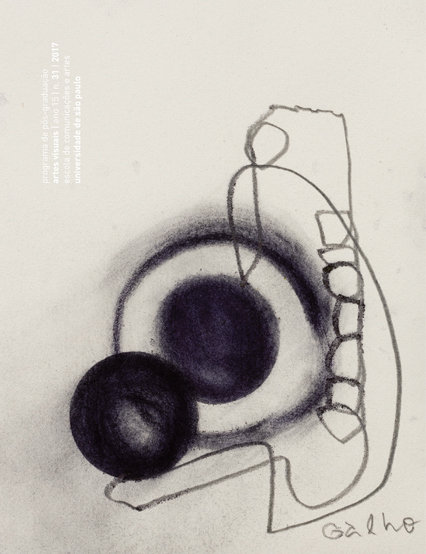Portraits in movement
DOI:
https://doi.org/10.11606/issn.2178-0447.ars.2017.141282Keywords:
film, painting, portrait, face, subjectivityAbstract
The article investigates different aspects of the relationships between cinema and the art of portraiture. Firstly, we seek to define in terms of aesthetics what could be called a cinematographic portrait, always in tension with the formal criteria and stylistic standards that historically constituted the pictorial portrait. Then we related this issue to the importance of close-up shots in the first decades of cinema, when it was assigned to the films an unprecedented role in the study of physiognomy and facial expression. Finally, we show examples of self-portraits in painting and cinema to expose the way by which self-representation problematizes the notions of subjectivity and identity upon which the classical definition of portrait was fixed.
Downloads
Downloads
Published
Issue
Section
License
The responsibility for obtaining written permission to use in the articles materials protected by copyright law lies entirely with the author(s). Ars is not responsible for copyright breaches made by its collaborators.
The authors have the copyrights and grant the journal the right of the first publication, with the article licensed under the Creative Commons BY-CC License.
Licensees have the right to copy, distribute, display, and carry out the work and make derivative works from it, including with commercial purposes, granted that they give the due credit to the author or licensor, as specified by them.
Licensees compromise to inform the appropriate credit, provide a link to the license, and indicate if changes were made.
Respected the terms of the license, the licensors/authors are not allowed to revoke the conditions above mentioned.
After the publication of the articles, the authors keep the copyrights and the rights to republish the text exclusively in unpublished books and collections.


